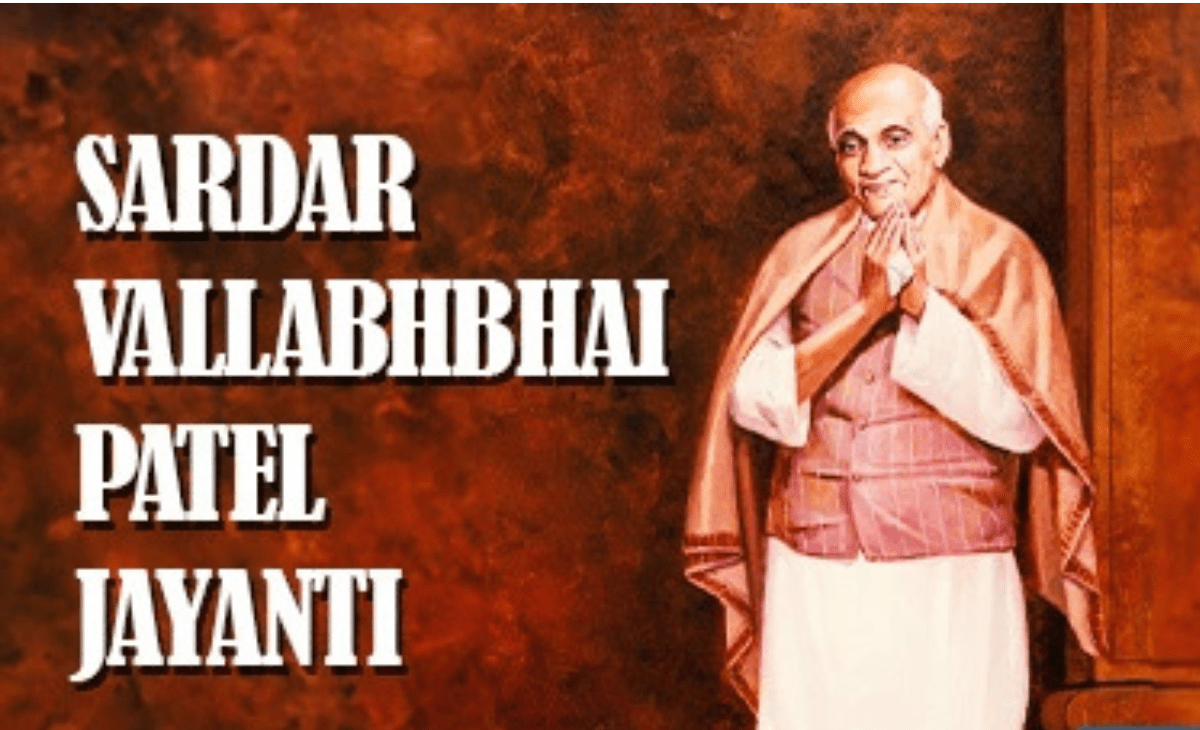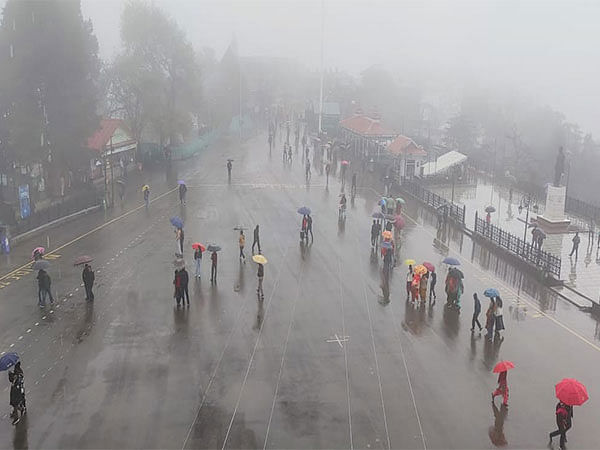Shrey Awasthi
Every year, on October 31, India celebrates National Unity Day (Rashtriya Ekta Diwas) to commemorate the birth anniversary of one of its greatest leaders — Sardar Vallabhbhai Patel, the “Iron Man of India.” The day is marked by the “Run for Unity”, a mass movement of citizens symbolising solidarity, integrity, and the spirit of oneness that Patel envisioned for the nation. More than a fitness initiative, the event serves as a national reminder of the monumental task Sardar Patel undertook — and accomplished — in unifying a fragmented India into a single, sovereign nation.
The Architect of India’s Unification
When India achieved independence in 1947, it was a country torn apart not only by the scars of partition but also by the complex challenge of over 562 princely states that existed as semi-autonomous regions. These princely states, ruled by hereditary monarchs, had the option to join either India or Pakistan — or, technically, remain independent. This presented a grave threat to the dream of a united and stable India.
It was Sardar Vallabhbhai Patel, then India’s first Deputy Prime Minister and Home Minister, who took it upon himself to accomplish the herculean task of integrating these territories into the Indian Union. With his pragmatic diplomacy, persuasive leadership, and unwavering commitment to national unity, Patel managed to convince — and in some cases compel — the rulers to accede to India.
Through a combination of tact, firmness, and foresight, Patel and his trusted aide V.P. Menon laid the foundation for the Indian Republic as we know it today. By 1949, the political map of India was transformed — hundreds of princely states had merged into one cohesive entity. It was this achievement that earned Patel the title of the “Iron Man of India.”
Patel’s Vision of National Unity
Patel’s approach to unification was not merely administrative; it was deeply rooted in his belief that the strength of India lay in its unity and integrity. For him, unity was not uniformity — it was the ability of diverse cultures, languages, and religions to coexist under one flag with mutual respect and shared destiny.
He once said, “Manpower without unity is not a strength unless it is harmonized and united properly, then it becomes a spiritual power.” This profound thought continues to guide India’s democratic and pluralisticethos today.
Sardar Patel’s vision extended beyond politics. He saw national unity as the foundation for progress — an essential precondition for social harmony, economic development, and self-reliance. His foresight helped India avert potential disintegration at a time when newly independent nations across the world were collapsing under the weight of regionalism and civil strife.
Run for Unity: A Tribute to the Iron Man
The Run for Unity, first organized in 2014, serves as a living tribute to Sardar Patel’s legacy. Held across cities, towns, and villages, the event brings together people from all walks of life — students, soldiers, civil servants, athletes, and citizens — running not for competition, but for conviction.
It symbolizes the very essence of Patel’s message: that the strength of a nation lies in its collective spirit. The act of running together — shoulder to shoulder, without distinction of caste, creed, or class — embodies the unity and brotherhood that Patel dreamt of.
In recent years, the event has also gained significance with the inauguration of the Statue of Unity in Kevadia, Gujarat — the world’s tallest statue, standing at 182 meters. This architectural marvel is not just a monument of bronze and stone, but a timeless emblem
of national pride and remembrance. It reflects how Patel’s legacy continues to inspire generations of Indians to uphold the values of integrity, unity, and national service.
Lessons from Sardar Patel’s Leadership
Patel’s life offers invaluable lessons in leadership and nation-building. His decisions were guided not by personal ambition but by the larger interest of the country. Known for his discipline and decisiveness, Patel was both a realist and an idealist — firm when the situation demanded, yet empathetic towards the people he served.
He believed that national unity must be protected not only from external threats but also from internal divisions. His call for communal harmony, good governance, and national responsibility remains relevant even today. In an age of regionalism and political polarization, Patel’s leadership reminds us that India’s greatest strength lies in its shared identity and collective purpose.
Patel’s Legacy in Modern India
Sardar Patel’s vision continues to shape modern India’s political and administrative framework. The creation of the All India Services (IAS, IPS, etc.), which he called the “steel frame” of the nation, ensured that India’s unity would be preserved through efficient governance and national cohesion.
Every time a young officer takes an oath to serve the nation, or when citizens come together for a cause larger than themselves, the spirit of Sardar Patel lives on. His dream of a united India is not a finished chapter — it is a continuing responsibility that each generation must uphold.
Conclusion: Unity in Action
The Run for Unity is more than a commemorative event; it is a call to action. It urges every Indian to internalize Patel’s ideals — to rise above divisions, celebrate diversity, and strengthen the nation’s unity.
As we remember the Iron Man of India, we are reminded that true patriotism is not in mere words but in collective effort — in standing together for the ideals that define our Republic. In every stride of the Run for Unity, we honour the man who gave us not just a united country, but the confidence to dream as one people, under one flag, for one India.
(Views are personal)
Shrey Awasthi
Social Media Co -convenor
BJP Himachal Pradesh






